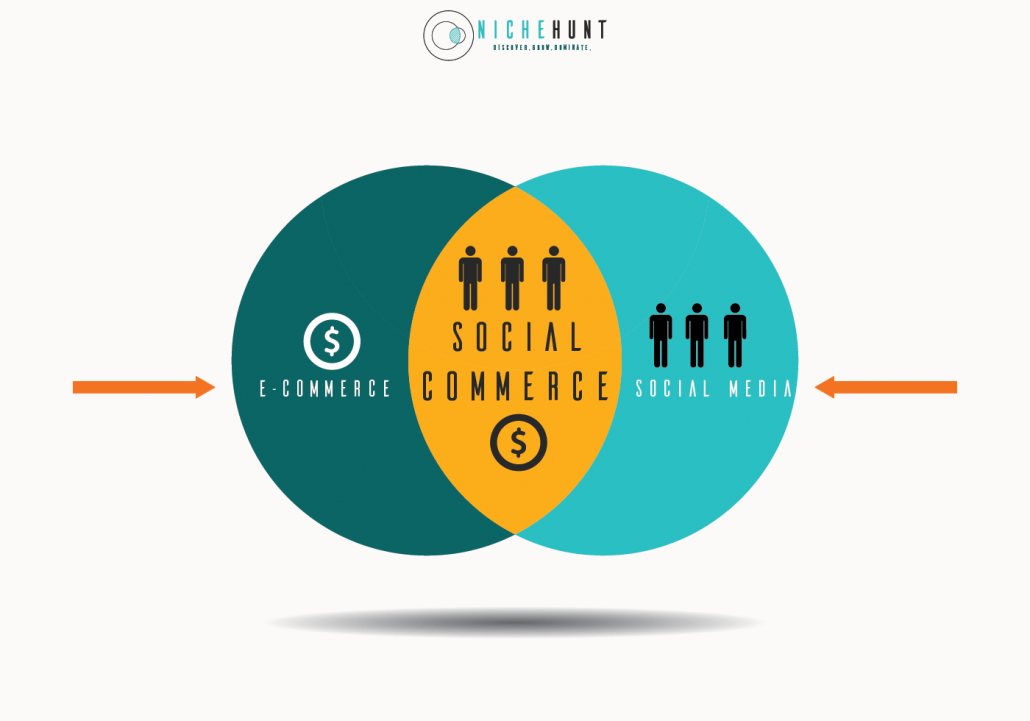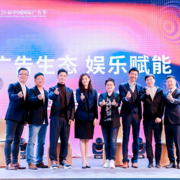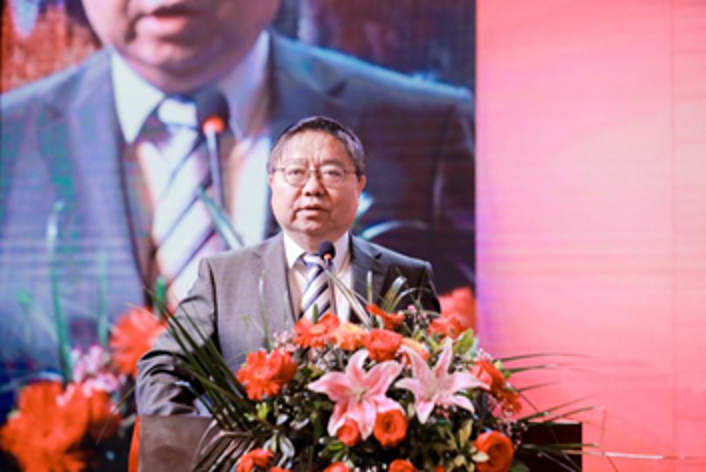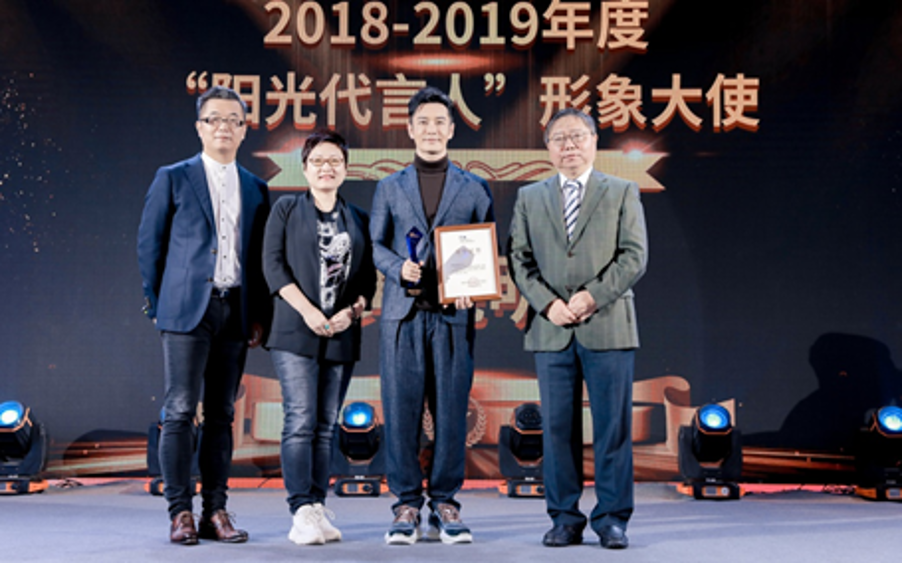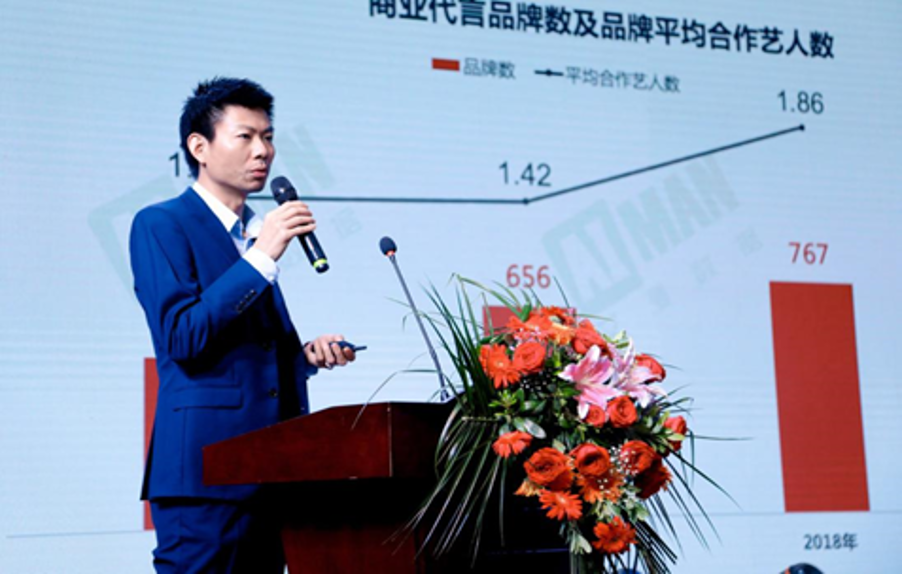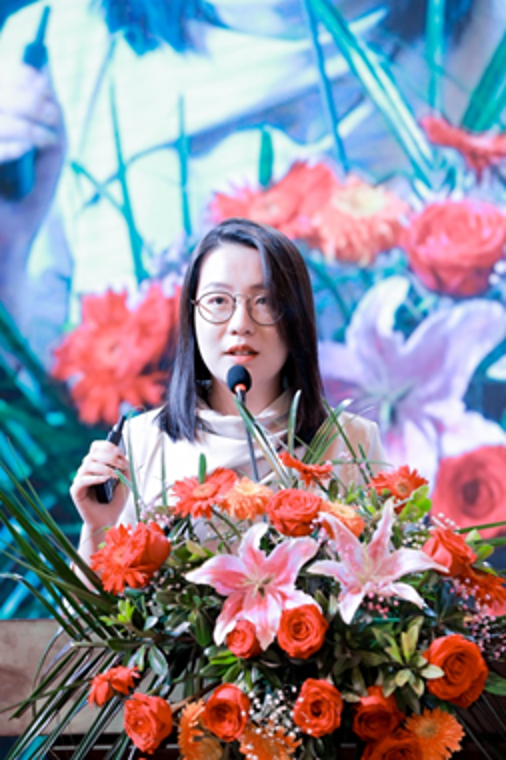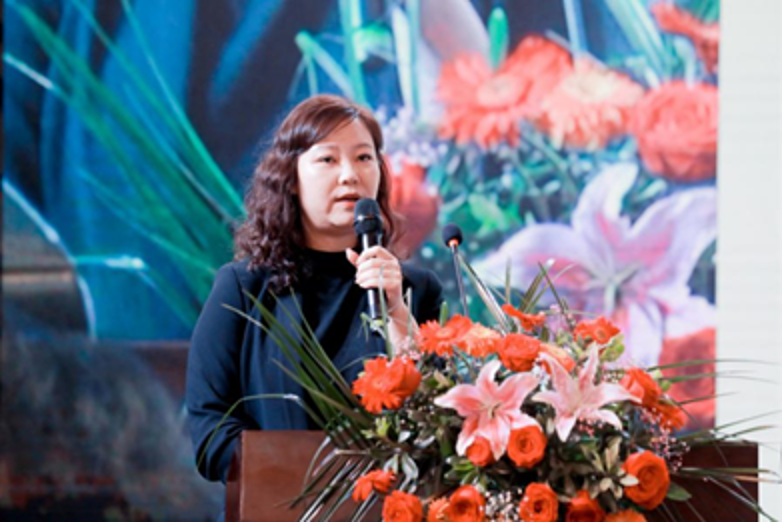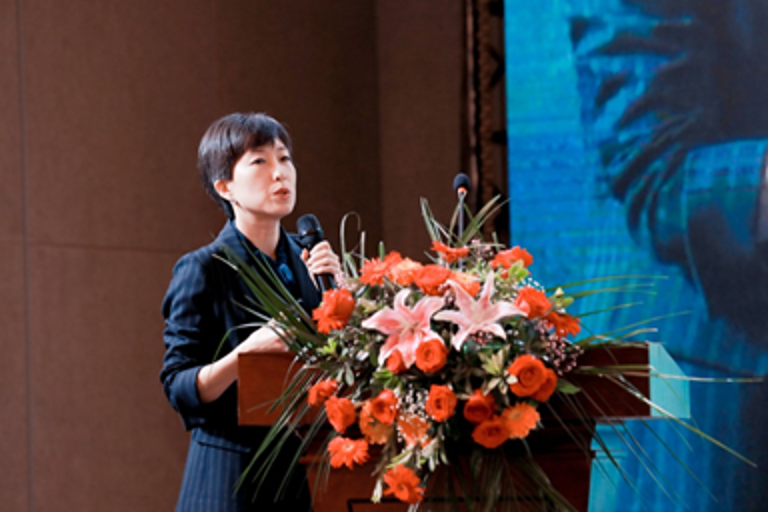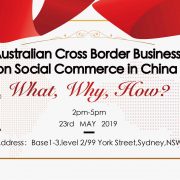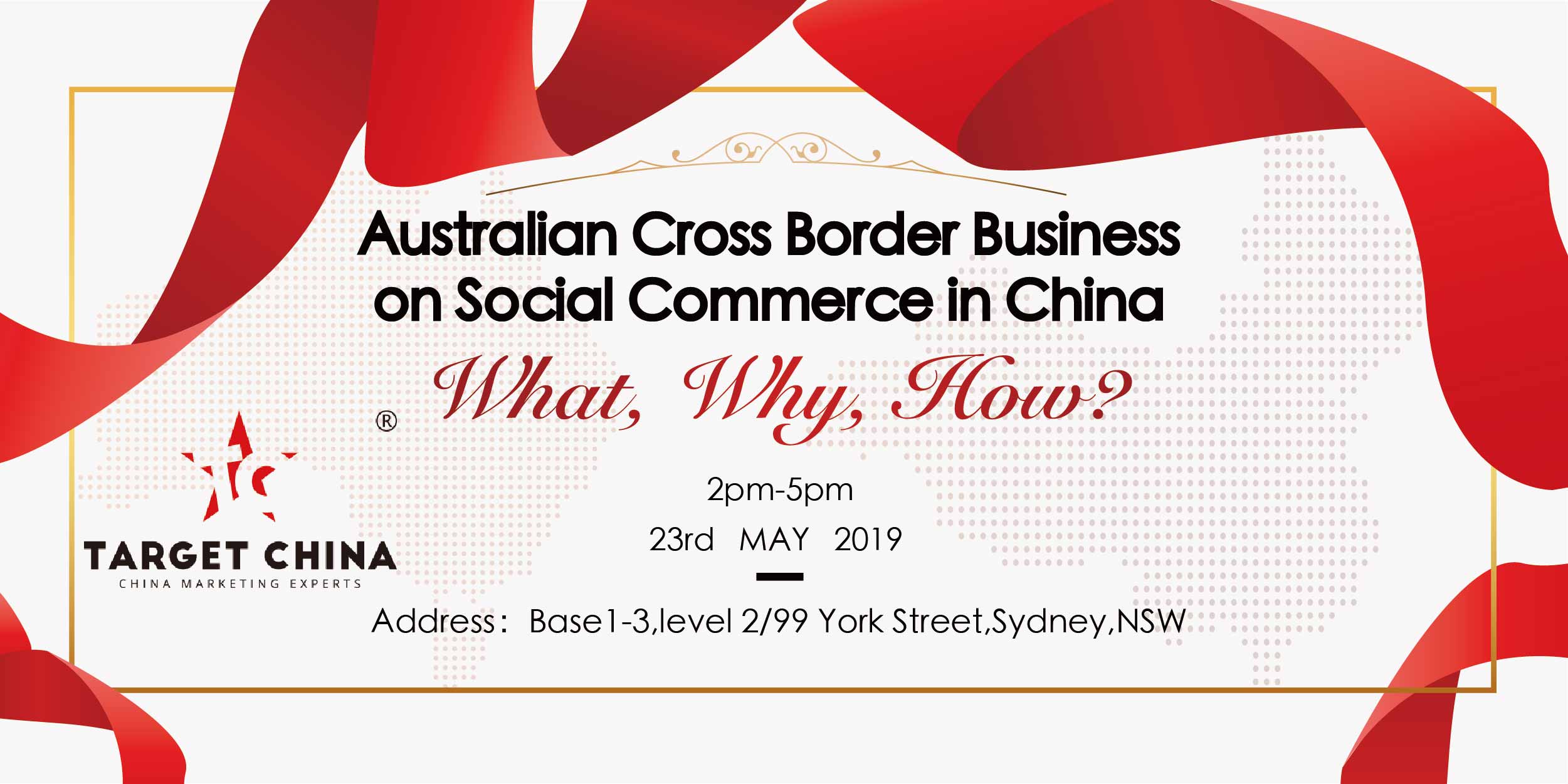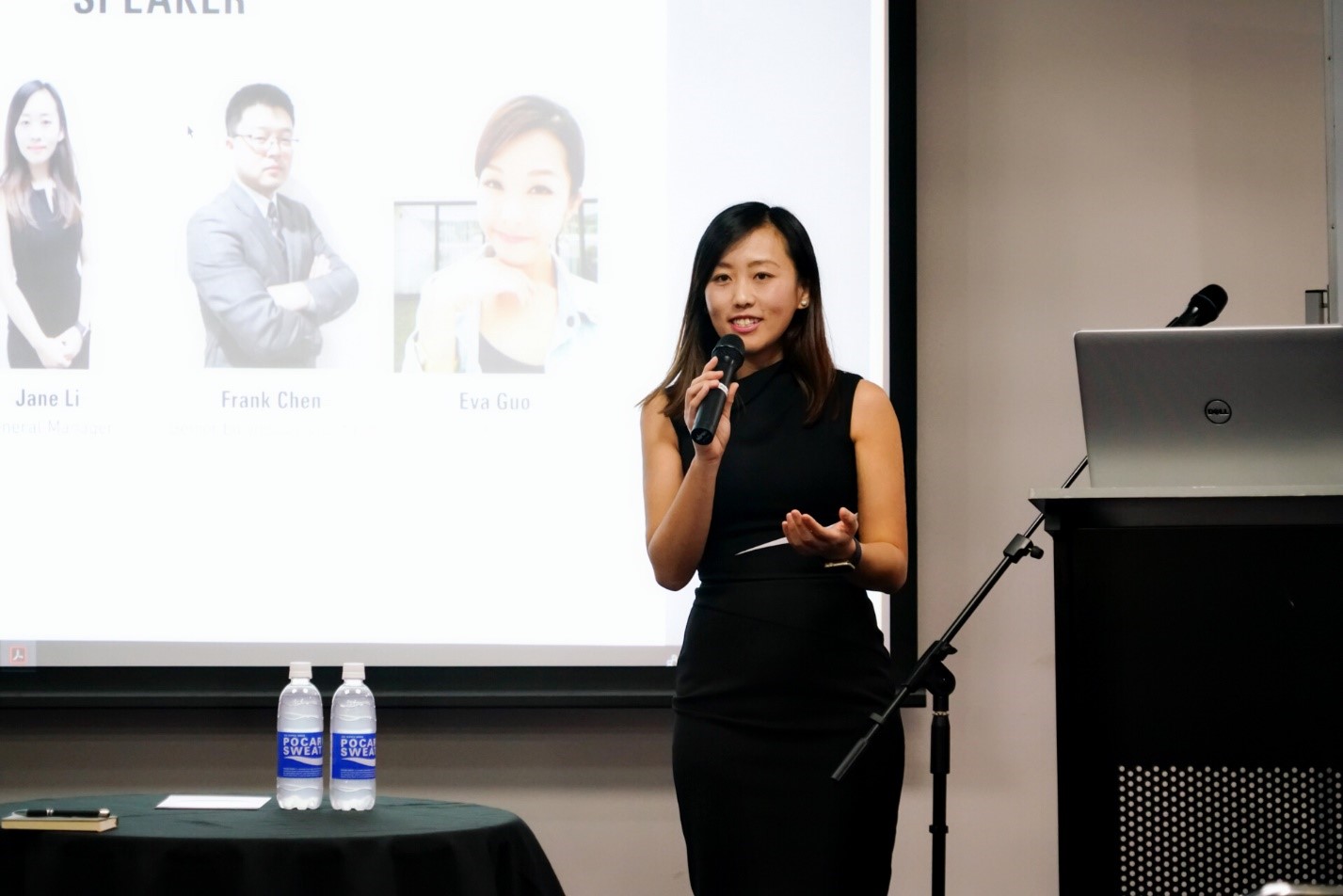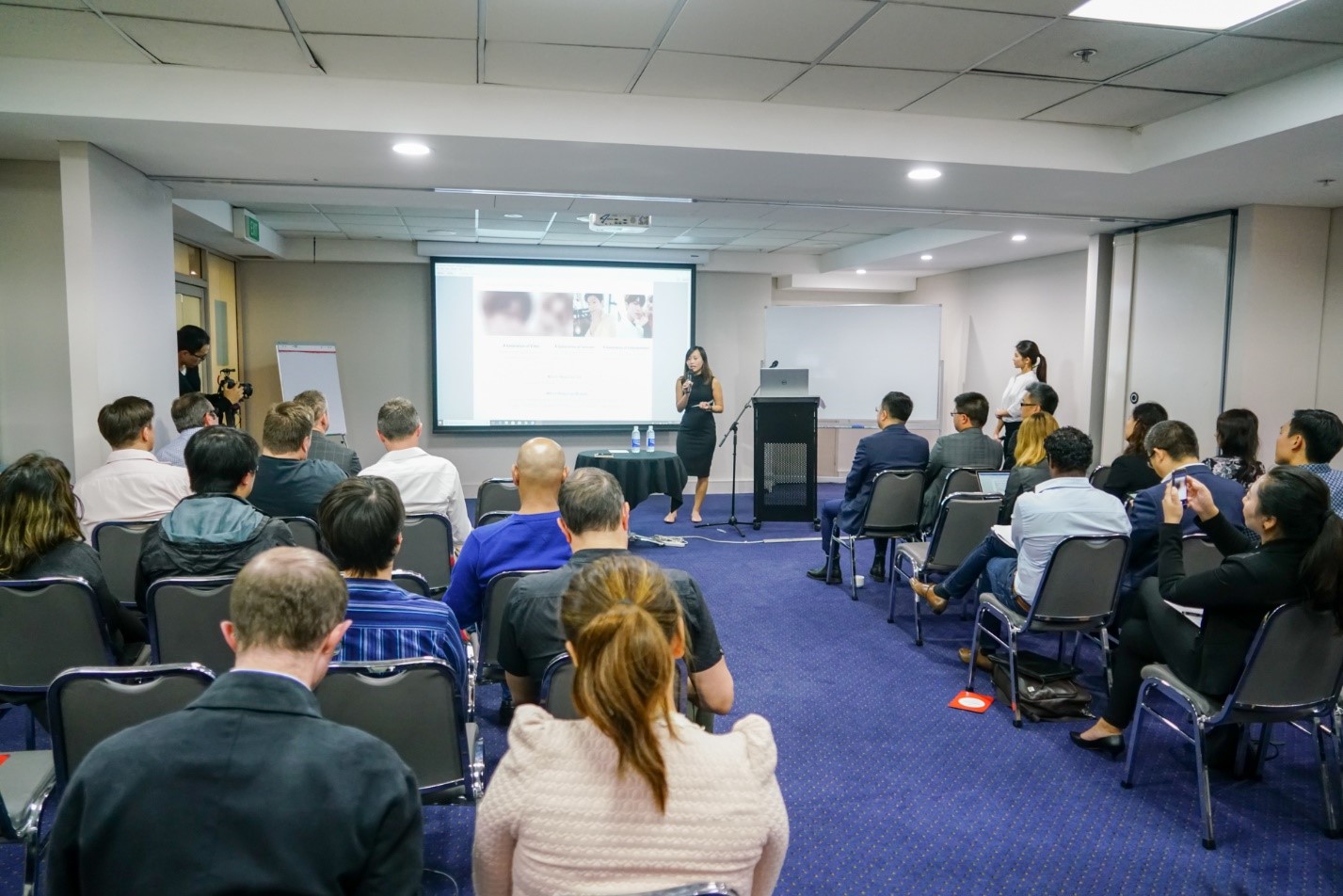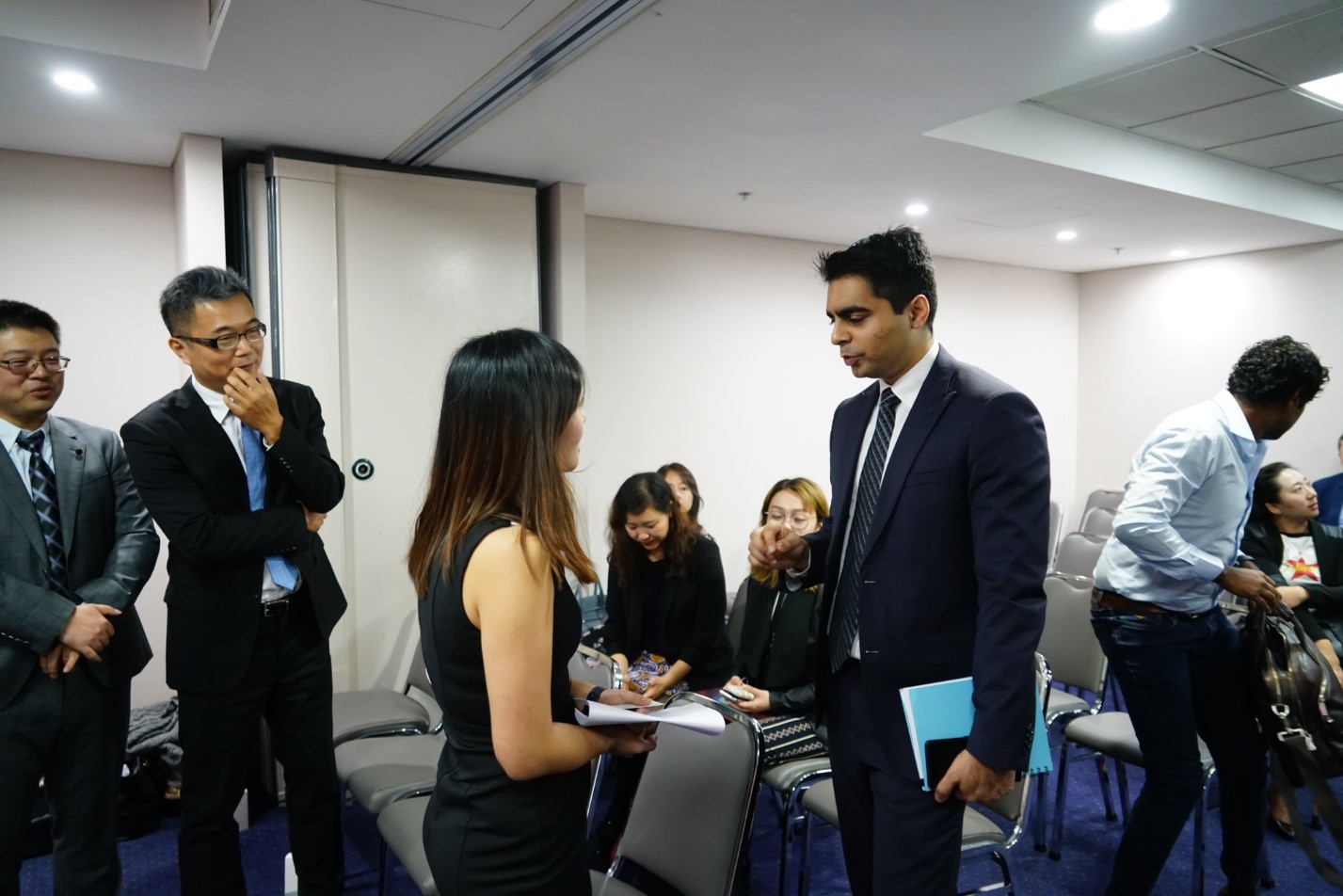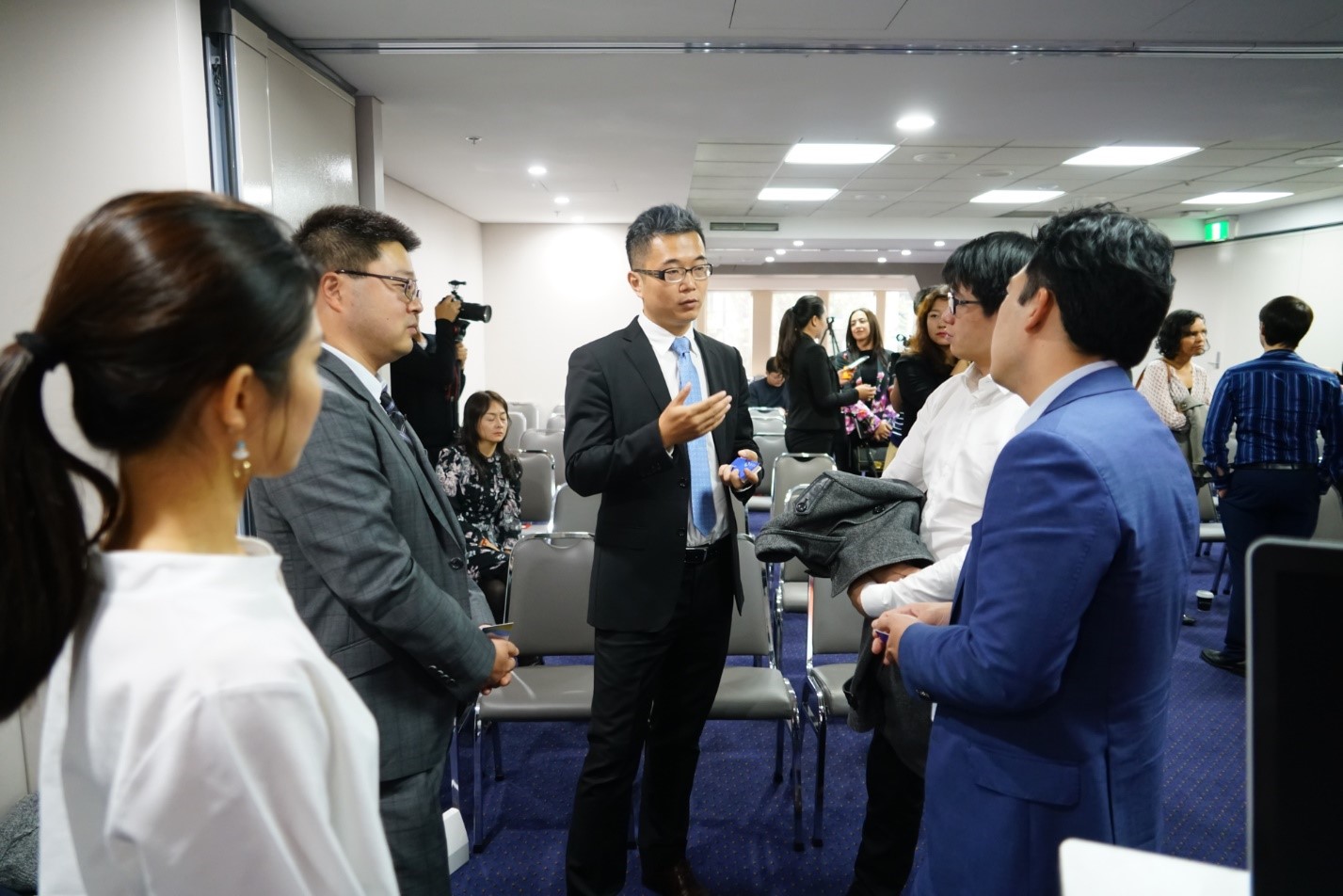How Pinduoduo Successfully Gained Market Share Through Social Commerce?
How Pinduoduo Successfully Gained Market Share Through Social E-Commerce?
By Carol Xiao (Target China)
01 November 2019
In October 2019, the E-commerce platform Pinduoduo’s market value exceeded the Jingdong Mall, successfully became the fourth largest Internet company in China, put it just behind Alibaba, Tencent, and Meituan.
Pinduoduo was founded by Colin Huang in September 2015. Since its inception, the company has been growing at a rapid pace. By 2018, the monthly active users on the Pinduoduo platform had exceeded 200 million. It is now the fastest-growing E-commerce platform in China. Pinduoduo provides its users with a wide range of products, from daily necessities to household appliances. It allows users to participate in group-purchase deals, mainly gains the traffic from social media platforms such as WeChat and QQ. Its operation model is similar to Groupon. However, they are different in the aspect of group-purchase. While Groupon allows you to team up with other users on the platform, Pinduoduo will enable you to share the group-purchase deals with their friends on WeChat. Pinduoduo’s operation model can thus generate fission in its user base and profoundly enhance the conversation rate based on the trust of a friend’s recommendation. This operation model can be categorized as social E-commerce, which is the key factor of its success.
Social E-commerce is the combination of social media and E-commerce; it is the use of social networking platforms in the context of E-commerce. Social E-commerce promotes its products and services through social networking sites, for example, Facebook, Instagram, WeChat, and Weibo.1 The key difference between social e-commerce and traditional e-commerce is that the former can built trust and loyalty with their consumers through the use of social media. Social E-commerce consisted of three models that are commercialised social media platforms, socialised e-commerce, and independent social commerce platforms. Among the three models, Pinduoduo is the representative of the independent social commerce platforms.
According to Yang Lin, the operation director of Chinese mobile E-commerce platform chuchujie, “the target consumers of Pinduoduo are people who only recently came online and depends on the WeChat as the chief source of information”.2 Pinduoduo has used abundantly of marketing strategies to attract this group of consumers to participate in its “team purchase” model:
- One of the most salient strategy is that users can invite their friends on WeChat to form a shopping community to get a lower price for the product.2
- Users can also refer to the products that they intended to buy on Pinduoduo to their friends to reduce the cost.
- Pinduoduo offers flash coupons and red envelops as incentives for consumers to purchase from time to time.
- Pinduoduo offers lottery as well, and consumers need to invite enough friends to join within a limited time to activate the lottery. The message is clear — you should not hesitate on the platform; you should buy things now and should ask your friends to join too.3
Overall, Pinduoduo succeeds because it takes advantage of the social aspect of shopping, leveraging the user base of WeChat and QQ, and intensifies the atmosphere of the online shopping process. Social E-Commerce is inarguably the future trend of E-commerce.
2Lee, E (2018). ‘The incredible rise of Pinduoduo, Tencent’s most powerful Taobao rival’, from technode.
3Graziani, T (2018). ‘Pinduoduo: a Close Look at the Fastest Growing E-Commerce App in China’, from WALKTHECHAT.



